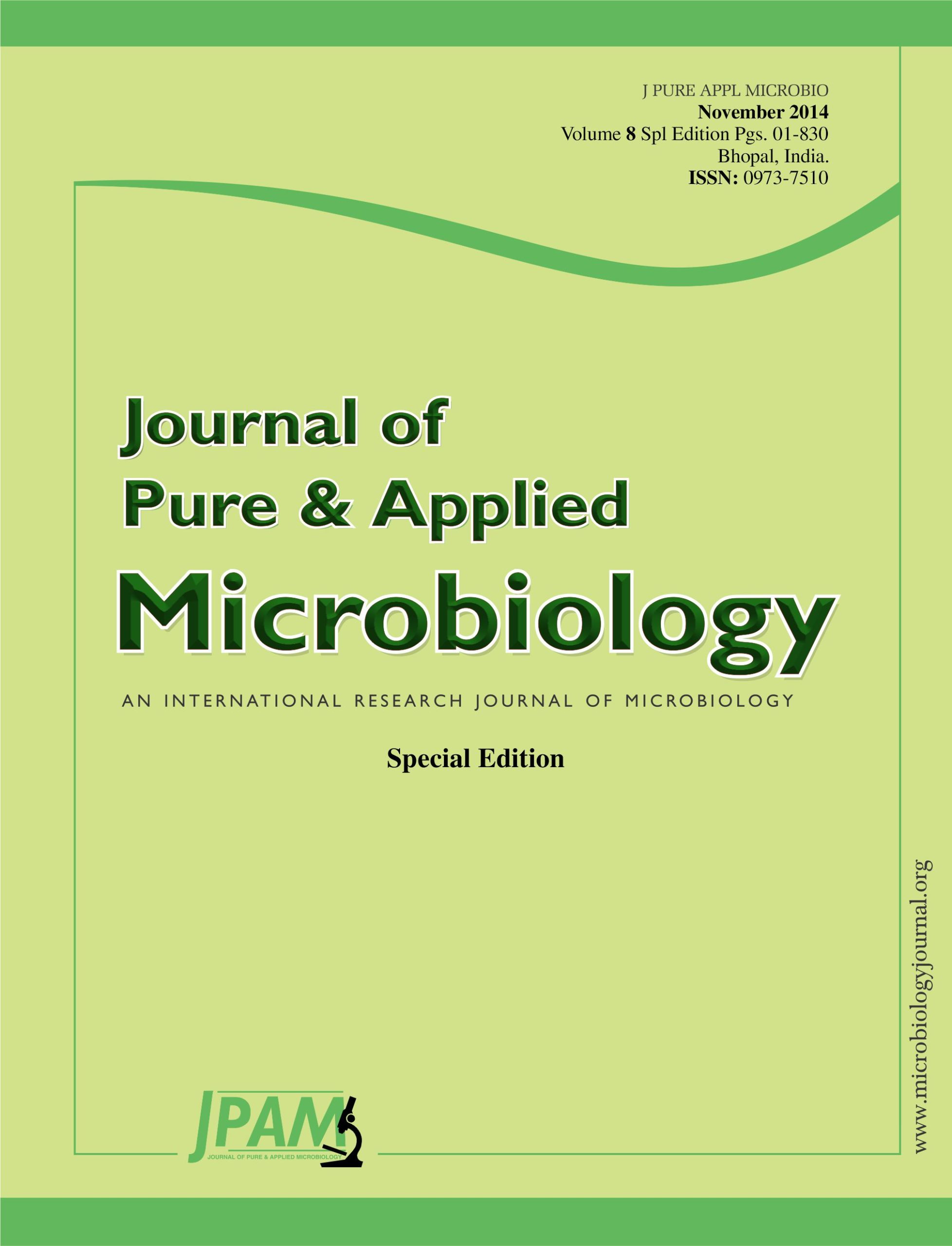Lycopene is a bright red carotene and carotenoid pigment and phytochemical found in tomatoes and other red fruits and vegetables. The aim of this study was production of lycopene from E. coli as a non-carotenogenic bacteria and evaluation of antioxidant effect of lycopene. Tansformation PTLYCm4 & PSSNSN in E.coli DH5a, then measurement of dry cell weight and determination of lycopene content and extraction of lycopene from both transformed bacteria to compare the amount of lycopene production and finally treatment with H2O2 was performed for both transformed bacteria and also non-transformed bacteria as a control strain. The study was carried out in National Institute of Genetic Engineering and Biotechnology in Tehran over six months from April 2012 to September 2012. Three types of culture media including LB broth, LB agar medium and selective LB agar medium containing ampicillin & chloramphenicol. Preparation of competent cell was done by ESB buffer for cultivation of E.coli DH5a. Foreign genes were transferred into competent cells by heat shock method. Lyophilization was done in order to measurement of dry cell weight. Characterization of lycopene was done by spectrophotometer. Finally a buffer phosphate 0.2 M was prepared for treatment of bacteria with hydrogen peroxide. Dose of hydrogen peroxide was from 0 to 900mM in order to extract lycopene, a solution of methanol/chloroform was used. Firstly E.coli DH5a was transformed by PTLYCm4, and then transformation was performed by both PTLYCm4 and PSSNSN. PTLYCm4 contains the gene coding for geranylgeranyl diphosphate synthase (crtE), phytoene synthase (crtB) and phytoenedesaturase (crtI) of lycopene production and gene coding for isopentenyl diphosphate isomerase (IDI), while the PSSNSN contains six genes of Streptococcus pneumoniae and Ralstoniaeutropha in a synthetic operon coding for a mevalonate pathway. Bacteria contain lycopene (TLYCm4 & TLYCm4-mev) has a remarkable resistance to non-transformed bacteria (E.coli DH5a) against hydrogen peroxide. DH5a had tolerated only 100 mM of H2O2 while TLYCm4 had tolerated 500 Mm and TLYCm4-mev had tolerated 800 Mm. After extraction of lycopene amount of lycopene of TLYCm4 was determined 52mg/L and for TLYCm4-mev was 89 mg/L in similar DCW (Dry Cell Weight). Remarkable difference of tolerance of transformed bacteria to oxidative agent was due to lycopene. The bacterium that produce more lycopene from both mevalonate and non-mevalonate pathway (TLYCm4-mev) has more resistance against H2O2. This evidence suggest that lycopene has a strong antioxidant property.
E.coli, Lycopene, Antioxidant properties, Transformation
© The Author(s) 2014. Open Access. This article is distributed under the terms of the Creative Commons Attribution 4.0 International License which permits unrestricted use, sharing, distribution, and reproduction in any medium, provided you give appropriate credit to the original author(s) and the source, provide a link to the Creative Commons license, and indicate if changes were made.


